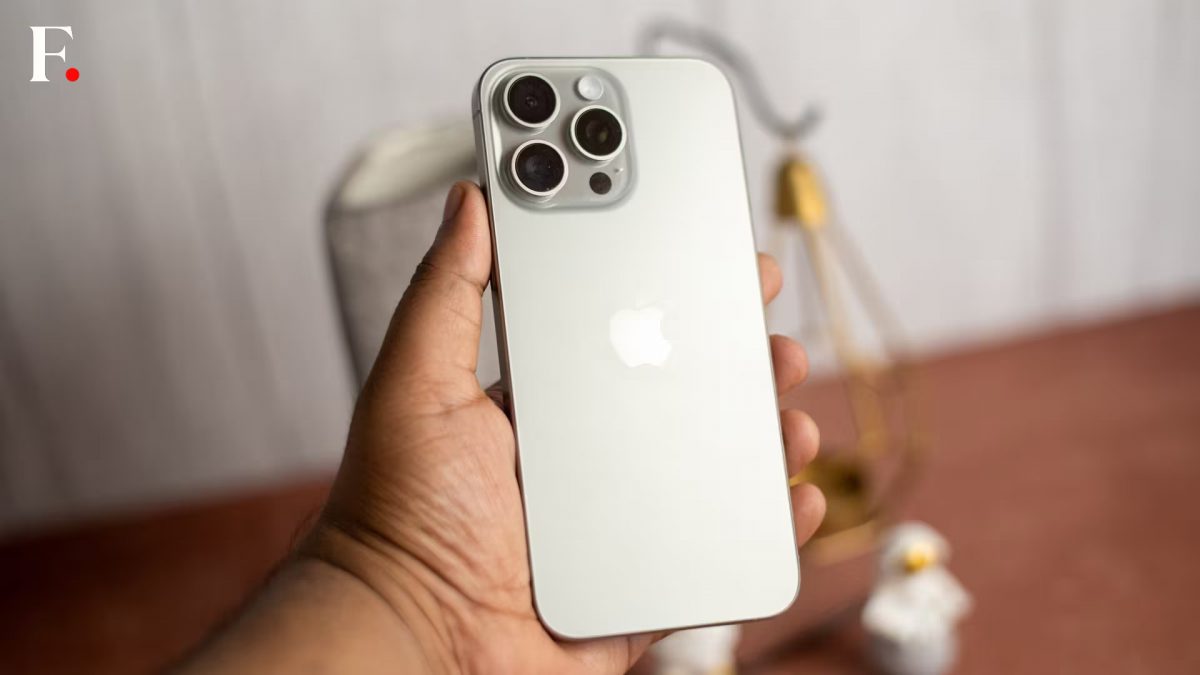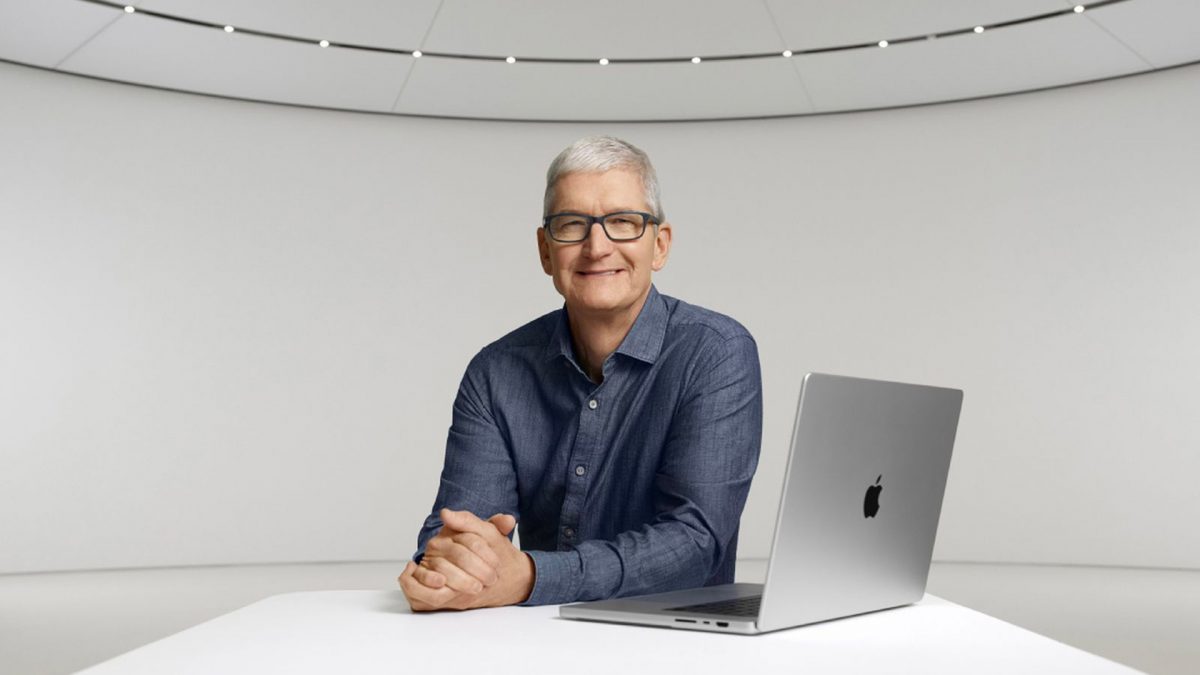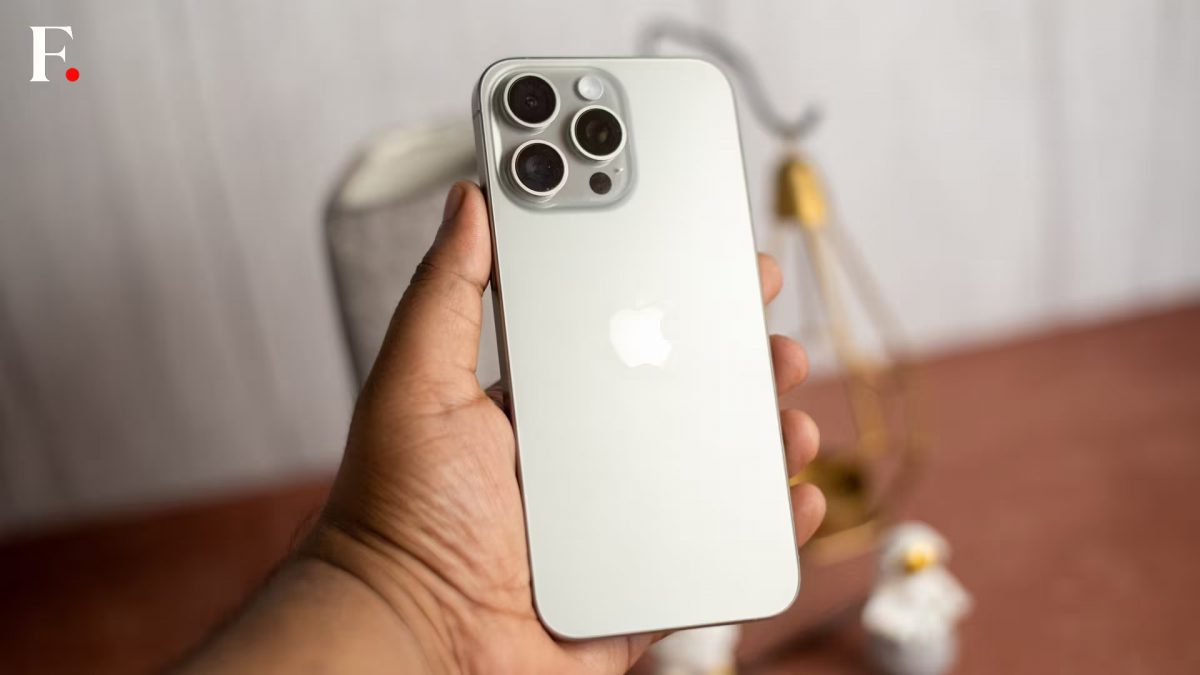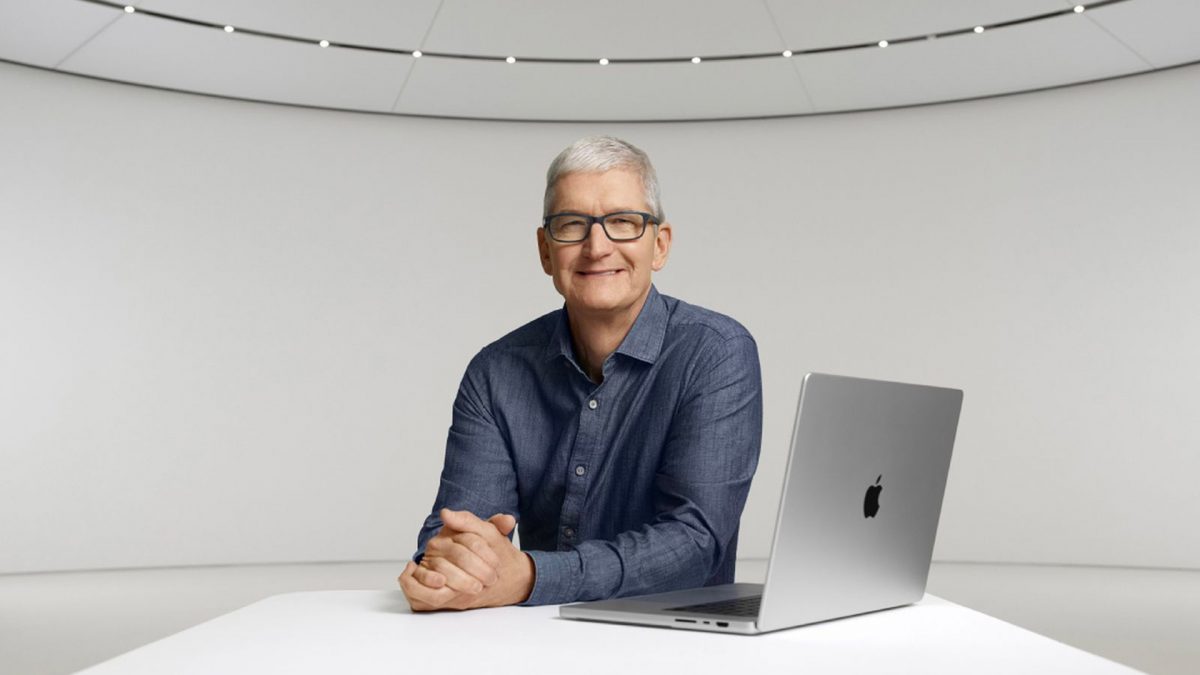In a post to an employee message board, Apple CEO Tim Cook seemed to be moved in particular about the conversation around Apple killing the desktop Mac. Keeping the current slow upgrade cycles of the MacBook Pro (which recently got an upgrade ), and the even slower upgrade cycle of Apple’s Mac lineup, it kind of became obvious that Apple is simply not interested in building more desktops.
With the newly upgraded MacBook Pro’s lineup now out and available, Apple killed the MacBook Air with the new MacBook, leaving the outdated Mac and the Mac Pro systems to be the only ones that haven’t seen an upgrade for years. Tim Cook addressed this in his recent memo in which he also mentioned the reason as to why he chose to attend the Trump tech summit.
First reported by TechCrunch, the memo reveals Tim Cook’s concerns with the buzz around Apple’s Mac desktops.
“Some folks in the media have raised the question about whether we’re committed to desktops,” Cook wrote. “If there’s any doubt about that with our teams, let me be very clear: we have great desktops in our roadmap. Nobody should worry about that.”
Soon after, Cook also mentioned the reason why they are important and in some cases critical to people. His reasoning behind the same is that a laptop no matter how portable or powerful, simply cannot match the performance of desktop computers. Performance aside, large display sizes, memory and storage capacities and I/O ports (Things that are not offered on the MacBook Pro for professionals. Ahem!) are the reasons people end up with desktops.
But that’s not the important bit about the post. Talking about what makes Apple products so special, Cook gave emphasis to Apple employees and explained how their focus on the journey and not the end goal that results in products like ResearchKit and CareKit which came from the Watch.
Whether you choose to believe Cook or not, we at least now know that some killer Mac desktop designs are headed our way. This can also be attributed to the fact that Apple this year got new competition in the form of Microsoft’s Surface Studio .


)




)
)
)
)
)
)
)
)